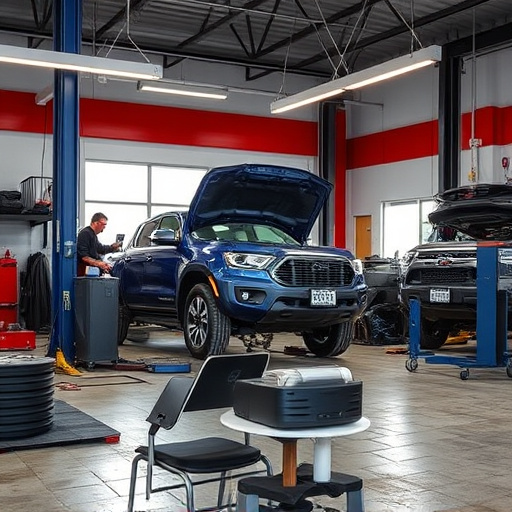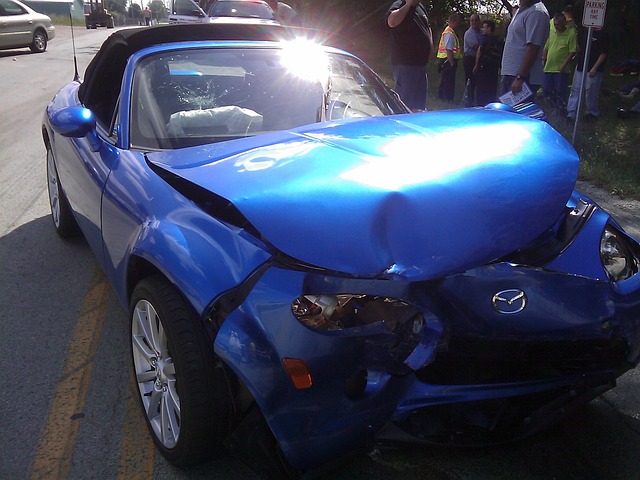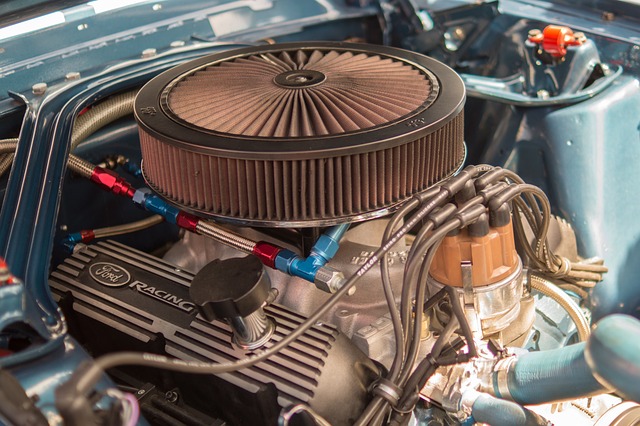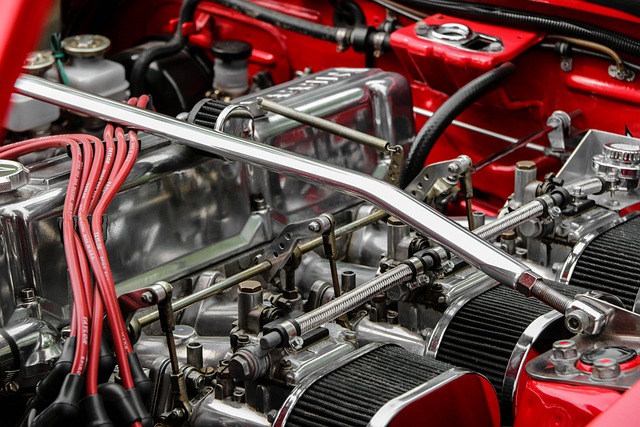Direct Repair Programs (DRPs) streamline vehicle repair by fostering collaboration between insurance providers, repair shops, and manufacturers. Approved shops gain access to specialized training, direct communication channels, and standardized procedures, enabling efficient repairs with high quality and maximum operational efficiency. These programs enhance customer experiences through prompt service, open communication, modern equipment, skilled technicians, transparent pricing, and personalized support, ultimately contributing to positive word-of-mouth referrals.
In today’s competitive automotive industry, approved shops that master direct repair programs (DRPs) gain a significant edge. This article explores how these shops navigate and optimize DRP workflows, ensuring efficient processes while enhancing customer satisfaction. We dissect the core components of successful DRPs, offering insights into best practices for management. By understanding and implementing these strategies, authorized repair centers can streamline operations, maintain high standards, and foster strong client relationships.
- Understanding Direct Repair Programs (DRPs): The Core Components
- Streamlining Workflows: Efficient Processes for Approved Shops
- Enhancing Customer Experience: Best Practices for DRP Management
Understanding Direct Repair Programs (DRPs): The Core Components
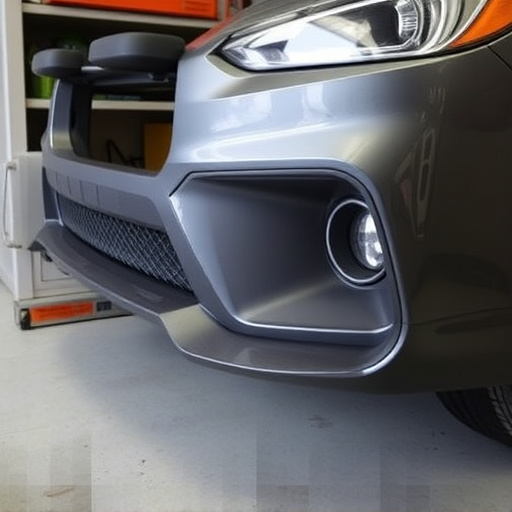
Direct Repair Programs (DRPs) are structured systems that streamline the process of vehicle repair and maintenance, ensuring efficient and cost-effective outcomes. These programs are designed to facilitate collaboration between insurance providers, repair shops, and vehicle manufacturers, creating a seamless experience for policyholders involved in accidents or needing routine servicing. The core components of a DRP include specialized training for shop staff, direct communication channels between all parties, and standardized procedures for various repair tasks.
By participating in a DRP, approved shops gain access to specific guidelines and protocols, which can range from detailed instructions on tire services and collision center repairs to advanced car paint services techniques. This ensures consistency in service quality across different locations while allowing for specialized expertise within each shop. Efficient workflows are established through digital platforms that manage claims, schedule appointments, and track the progress of repairs, minimizing administrative burdens and maximizing operational efficiency.
Streamlining Workflows: Efficient Processes for Approved Shops
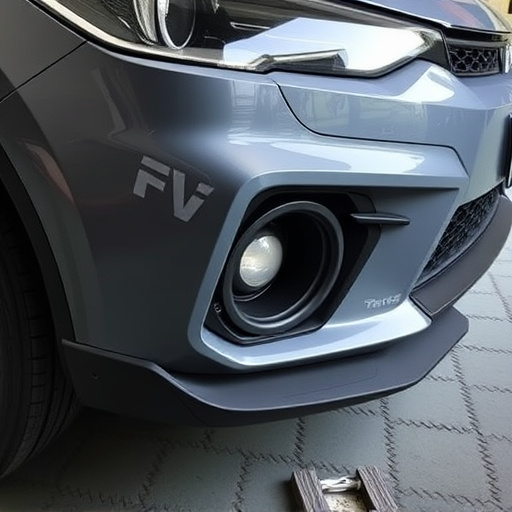
Approved shops participating in a direct repair program (DRP) understand that streamlining workflows is key to success. By implementing efficient processes, these shops can effectively manage complex repairs with speed and precision. This involves optimizing tasks such as frame straightening, car paint repair, and auto glass replacement, ensuring each step aligns seamlessly with the next.
Through digital tools and standardized protocols, approved shops reduce manual errors and enhance accuracy. Automated systems for estimating costs, ordering parts, and scheduling appointments further contribute to a streamlined workflow. This efficiency not only benefits the shop by improving productivity but also enhances customer satisfaction by reducing repair turnaround times.
Enhancing Customer Experience: Best Practices for DRP Management

Approved shops play a pivotal role in enhancing customer experiences through effective Direct Repair Program (DRP) management. By streamlining car collision repair and car bodywork processes, these shops ensure that customers receive high-quality services promptly. One of the best practices is maintaining open communication with insurers and policyholders, facilitating efficient claim processing and timely repairs. This reduces the hassle for customers, providing them with peace of mind during what can be a stressful time.
Moreover, approved shops invest in modern equipment and skilled technicians to deliver top-notch car restoration services. They prioritize customer satisfaction by offering transparent pricing, regular updates on repair progress, and personalized support. These practices not only build trust but also foster long-term relationships with clients, ensuring repeat business and positive word-of-mouth referrals. Effective DRP management ultimately contributes to a seamless and enjoyable experience for customers engaging in car collision repair services.
Approved shops play a pivotal role in successful Direct Repair Programs (DRPs), streamlining workflows and enhancing customer satisfaction. By understanding core components, implementing efficient processes, and adopting best practices, these shops can maximize their effectiveness within DRP management. This structured approach ensures a seamless experience for both customers and repair technicians, ultimately fostering trust and loyalty.


